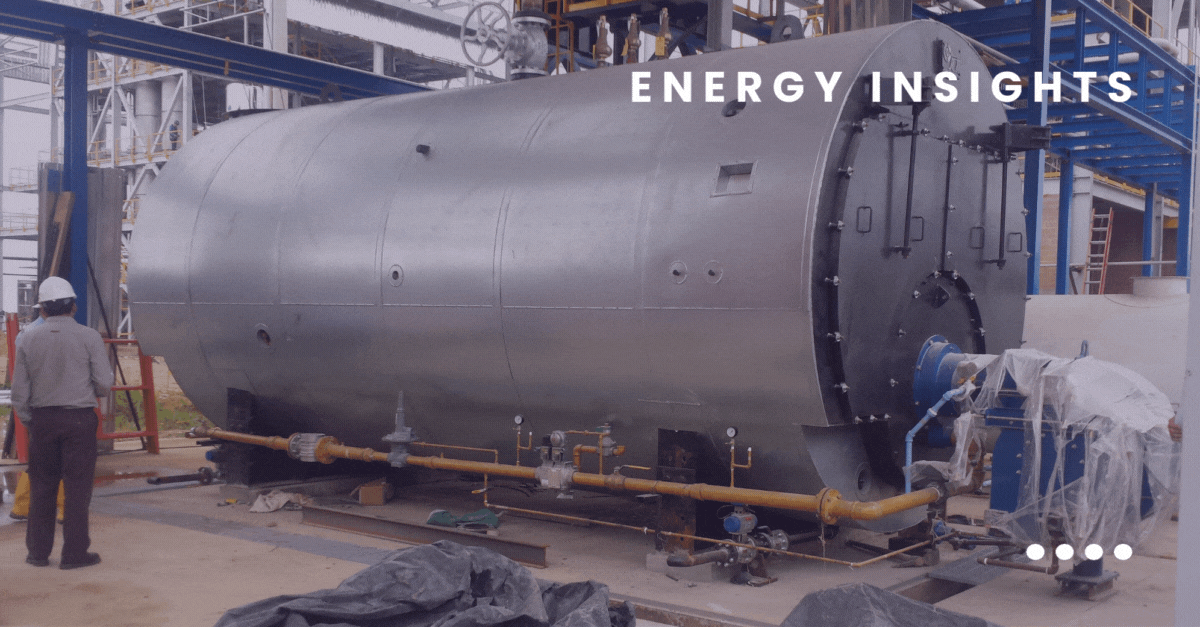
Australia’s gas industry is at a crossroads. As more households and businesses make the switch to electric appliances, the country’s vast gas pipeline network faces a growing dilemma: fewer users left to cover the same costs.
In response, pipeline owners are seeking to recover more of their costs up front, and those consuming gas are footing the bill.
For decades, Australia’s gas network was built on one key assumption: growth. The pricing model regulators like the Australian Energy Regulator (AER) have long used depends on new users joining the network, spreading the fixed costs of infrastructure more broadly. But that assumption no longer holds true.
According to the Australian Energy Market Operator (AEMO), household and small business gas connections are set to drop from nearly 5 million today to just 4 million by 2030, and as few as 1.5 million by the 2040s.
This rapid decline turns the traditional cost-sharing model upside down. Instead of spreading costs across more customers, those who remain are absorbing a larger share, including costs for pipelines built with very different demand in mind.
“The whole gas regulatory framework was built upon the belief that you would have a growing network,” AER Chair Clare Savage said in an interview with the ABC. “From that perspective, it makes the job harder.”
To protect their revenue base, some pipeline companies are turning to a tool called accelerated depreciation, essentially fast-tracking the cost recovery of their assets. While this isn’t new in infrastructure finance, its increased use in this situation is contentious.
From the regulator’s perspective, accelerated depreciation reflects a rapidly shifting energy market. From the consumer’s perspective, it can mean hundreds of dollars in added network charges over a five-year period. Alinta Energy CEO Jeff Dimery says he understands the logic but warns against rushing:
“Let’s not run down the hill and stumble — let’s walk down the hill and get it right.”
In other words: pushing asset cost recovery too fast, too soon, risks placing undue pressure on consumers, particularly during a cost-of-living crisis.
While most of the coverage has focused on households, the business implications are equally critical:
The AER has made it clear that it’s trying to strike a balance between supporting infrastructure investment and shielding consumers from unnecessary cost.
But the truth is, this is a system playing catch-up with a fast-moving energy transition. The current rules weren’t built for mass electrification, nor for a world where fossil fuel networks shrink instead of grow.
Reform is needed - and is now overdue.
“We’re worried not just about today’s consumers,” said Ms Savage. “But about the consumers we’re going to have in 5, 10, 20, and 50 years’ time.”
As the energy mix continues to shift, businesses and regulators must grapple with a fundamental question: How do we fairly pay for infrastructure designed for a different era?
Without a fair and forward-looking framework, we risk creating an unequal energy transition, where those least able to electrify are left footing the bill.
Need help navigating the gas transition? Talk to our expert energy consultants about how to future-proof your strategy.
Explore our monthly market wraps for a comprehensive outlook on the Australian energy market, and start making smarter energy decisions.